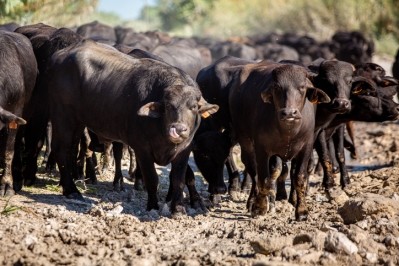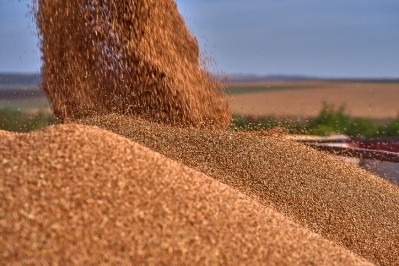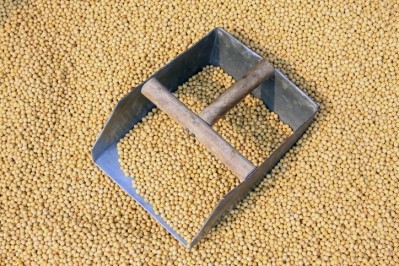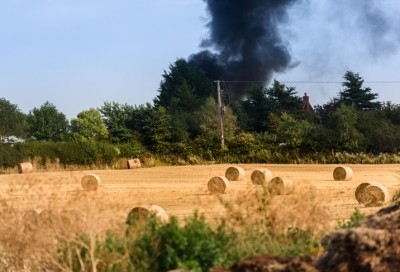Delayed spring planting hampers US feed crop harvest
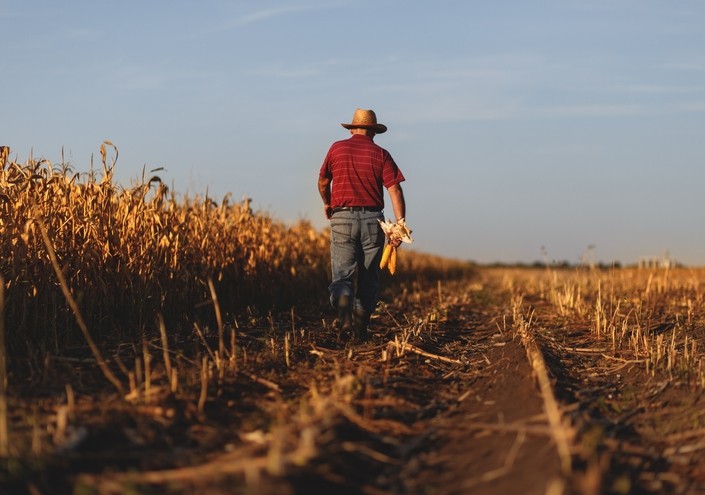
The US Department of Agriculture (USDA) released new information about crop production on Monday [December 2].
“NASS [the National Agricultural Statistics Service] will continue to monitor the harvest progress of these crops to determine if additional reports are necessary after December 9,” the department said.
Feed crop producers across the Midwest faced a wet spring, said Trent Ford, hydroclimatologist and Illinois state climatologist. There was a trough in the upper atmosphere that directed storms from January through May into the Midwest and brought up moisture from the Gulf of Mexico along with cooler temperatures.
The autumn months have been more variable, which is not unusual for October and November, he told us. “This wouldn’t have been as big a deal if the planting was on time or had typical timing,” he added.
“It’s a complex story that starts in spring,” he said.
The delayed planting and variable conditions across parts of the feed crop-growing regions in the summer and autumn meant producers were looking for a long, warm and dry fall, said Ford. Those conditions did not happen in some parts of the Corn Belt and the cool, wet weather some regions experienced delayed crops reaching maturity.
“Over the last 10 days there was a decent amount of progress that was made in terms of harvest as far as how the progress is in Illinois,” he said. “Soybeans are essentially there … the delay now is with corn, there is still a decent amount of corn and that is something that folks are trying to get out now.”
Producers in parts of Illinois and other regions had a colder than average start to November, which can create challenges in getting feed grains to the elevator and reduce the quality of harvested grain as the corn does not dry, he said.
“Even if they can get into the field with no problem if the moisture of the corn is still too high then once they get it they have to spend resources to have it dried,” he said. The has been a price premium on the natural gas used to dry corn, he added.
Looking forward some growing regions could have challenges going into next year, Ford said. “A lot of the wetness tends to be locked in and the soils are close to saturated, so we could be looking at moisture issues early next year.”
“The big thing will be how people strategize in future years – this year is a determining factor for that,” he said.
Corn production
By the week ending December 1 last year, 3% of the national corn crop remained in the field and on average about 2% has been standing at this time of year, the USDA said. Currently, 11% has not been collected across the 18 states that generate the majority of the feed crop.
At the state level, Kentucky, North Carolina, Tennessee and Texas have made the most progress regarding collecting the corn crop as all four states have completed the progress, the department said.
However, Michigan and Wisconsin continue to have a third of the planted crop still in the field, the department said. North Dakota had made the least progress with only 36% of the crop harvested at this time.
In an average year all three states would have about 90% or more of the crop collected by this point in the year, the department added.
The suggestion is that some feed crop producers in parts of the Midwest, like North and South Dakota, could be planning to leave current corn crops in the field and harvest it in the spring, said Ford. “Here I think most people will be able to get all their corn out before the end of December, but the good corn is gone,” he added.
“It will be a decision to be made if you’re looking at mid-December and if you have corn that won’t fair well for yield and high moisture is it worth picking?” he said. “But farmers will have the ability to finish most of the corn harvest in Illinois.”
Soybean development
Soybean collection continues to outpace the harvest for corn but has yet to reach the production pace set at this time or during the multi-year average, the USDA said.
For the 18 states responsible for the majority of the soybean crop, the harvest is about 96% complete, the department said. However, only four states have finished the process – Illinois, Louisiana, Nebraska and South Dakota.
The states furthest from completion include Michigan, North Carolina and Wisconsin, the department said. North Carolina has a quarter of its crop still in the field.
